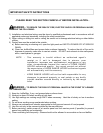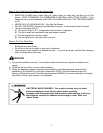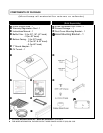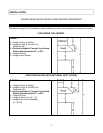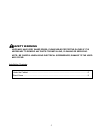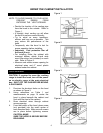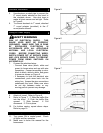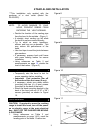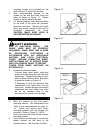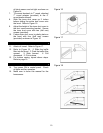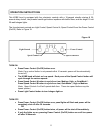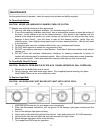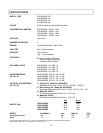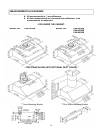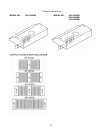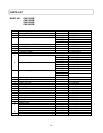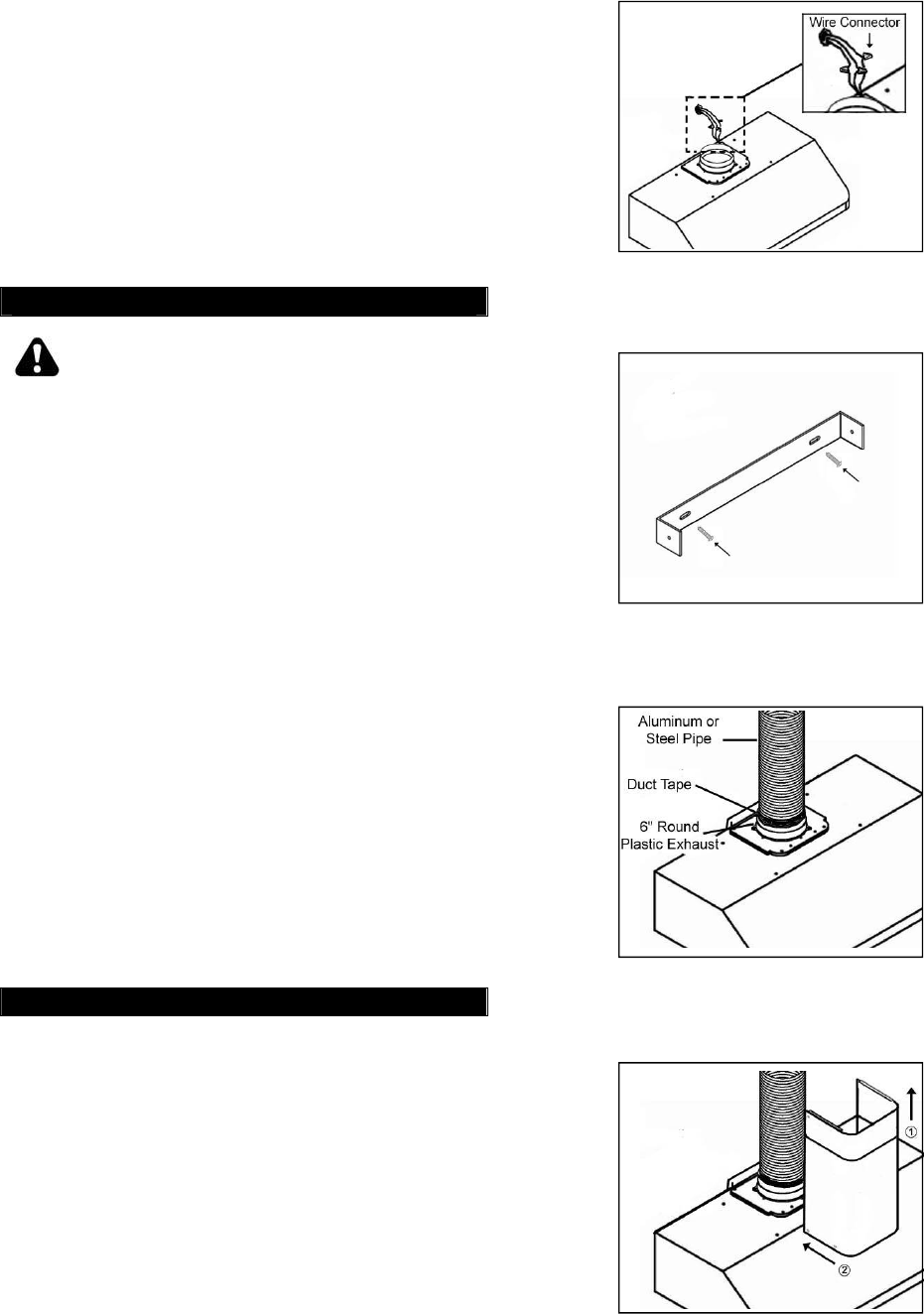
9
mounting screws (not provided) on the
wall, leaving 1/8” away from the wall.
2. Align hood-mounting bracket to the
screws on the wall and hook hood into
place as shown in Figure 11. Tighten
screws to secure hood to the wall.
3. For safety purposes, extra knockout holes
on the back of the hood are provided.
Knockout the holes. Remove the baffle
filters and attach screws to the wall by
accessing underneath the hood.
CAUTION: MAKE SURE HOOD IS
SUCURE BEFORE RELEASING
Wiring to Power Supply
SAFETY W A RNIN G
RISK OF ELECTRICAL SHOCK. THIS
RANGE HOOD MUST BE PROPERLY
GROUNDED. MAKE SURE THIS IS DONE
BY SPECIALIZED ELECTRICIAN IN
ACCORDANCE WITH ALL APPLICABLE
NATIONAL AND LOCAL ELECTRICAL
CODES. BEFORE CONNECTING WIRES,
SWITCH POWER OFF AT SERVICE PANEL
AND LOCK SERVICE PANEL TO PREVENT
POWER FROM BEING SWITCHED ON
ACCIDENTALLY.
4. Connect the electrical wires.
- Connect three wires (black, white and
green) to house wires and cap with wire
connectors. Connect according to color:
black to black, white to white, and green
to green as shown on Figure 12.
- If necessary to hide the electrical wire
connections, push wires back into the
wiring box. Access the wire connections
underneath the hood. Make sure wires
do not slip between motor or any
moving parts to prevent any damage.
Duct Cover Installation
5. Mark the position of the duct cover-
mounting bracket. Use reference E from
Table 2 and measurements on page 14-
15. Attach and secure duct cover-
mounting bracket with two screws (not
provided). Refer to Figure 13. NOTE:
Inner duct cover will cover the duct cover-
mounting bracket.
6. Use aluminum or steel pipe to connect the
plastic exhaust on the hood to the
ductwork above. Use duct tape to make
Figure 12
Figure 13
Figure 14
Figure 15



